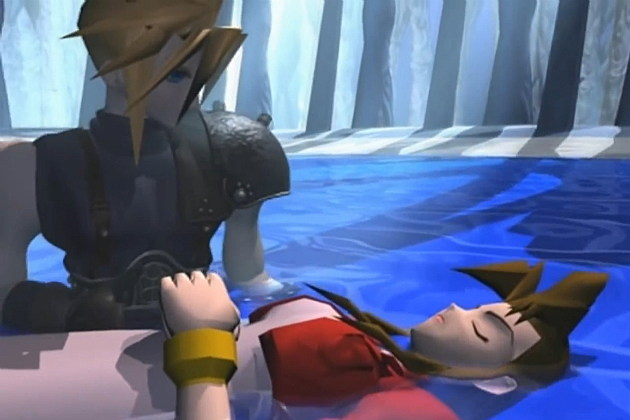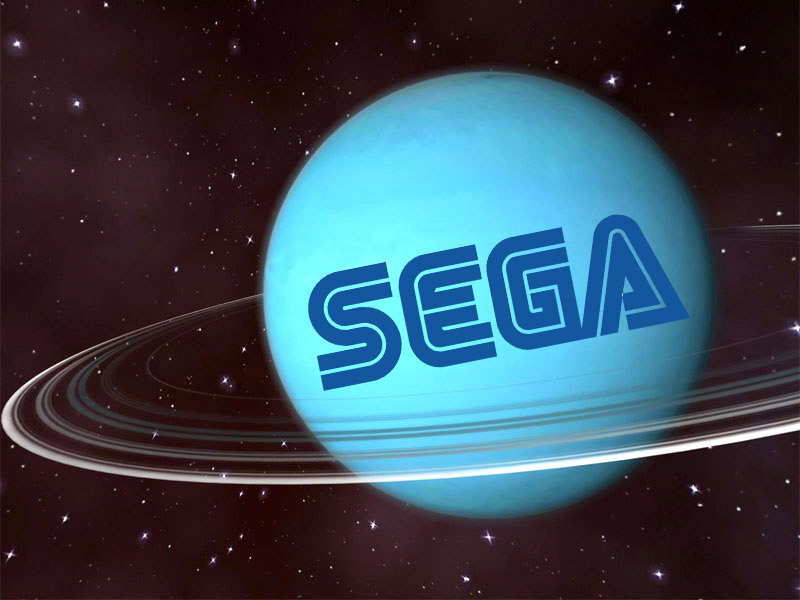A look back at our industry's worst April Fools' pranks.
Author's Note: This is my April Fools' blog for 2014. Although only a few of you guys caught it, the "pranks" below never really happened; they are all made up by yours truly. If you want to see the previous years' April Fools' blogs, click the "April Fools!" tag at the bottom of thist post. Enjoy!
At this point, you should not be surprised by all the ridiculous stories you hear on April Fools’ Day. The age-old “holiday” has always been one of practical jokes and hoaxes, but with the advent of the internet it seems that the number of pranks have multiplied tenfold, an onslaught that can best be described as an international massacre. The gaming industry seems especially vulnerable thanks to how tightknit our community of hobbyists are; IGN does a hoax every year, and the all-too-familiar “Half-Life 3 confirmed” jokes have long overstayed their welcome. Nevertheless, it is still fun to see how creative some outlets can be with their April Fools’ jokes, even if the large majority of them are downright annoying.
But today I would like to highlight several April Fools’ pranks that predate when everyone and their mothers had access to the internet, back when the gaming industry was just an infant in the world of entertainment. Have you ever done any pranks as a kid that you later regretted and pretended it never happened? Of course you did, and the gaming industry is no different. So without further ado, here are three April Fools’ jokes the gaming industry would like you to forget – but of course after reading this blog you probably won’t!
The A.D.D. ('Aerith Dies Debacle,' EGM v. Square)

Whether you have played Final Fantasy VII or not, you probably already know the game’s major spoiler: Aerith dies. The singular cut scene has become a pop culture phenomenon since the game’s release, spawning countless parodies and memes. But have you ever wondered how the press felt about Aerith’s death prior to the game’s release? More specifically, how would you feel if you accurately predicted Aerith’s death before anyone in the world knew about it? Just ask Electronic Gaming Monthly.
In the April 1996 issue of the magazine, EGM ran a fake preview of Final Fantasy VII, detailing the game’s supposed first hour or so of content. Among the points discussed was the character Aerith Gainsborough, praising how relatively human she felt (keep in mind this is 1996 we’re talking about here!) and how terrible it was that the developers decided to “kill her by the end [of the game].” It was an obvious joke that poked fun at the ridiculous plotlines found in every Final Fantasy game, but little did they expect their joke would become reality.
Most people would have probably just laughed to themselves about the matter before going on with their lives, but EGM decided to take action against Square, claiming that they stole the idea of Aerith’s death from their fake preview, and demanded Square pay them 5% royalties for every copy of the game sold. According to sources, the decision to sue Square came from the higher-ups of the magazine and the editors who were involved in the preview had no say in the matter.
The case eventually went to the Illinois Supreme Court where a judge struck down EGM’s claim against Square based on reverse fair use under parody.
The 1998 'Pikachu Prize'

Longtime Nintendo fans know that the company’s massive monster-collecting franchise, Pokémon, almost never made it to Western shores. Nintendo executives in Japan felt that collecting cute creatures would not appeal to the overseas audience, but they eventually decided to give it a go only after approving a massive advertising campaign by Nintendo of America. The plan was to create an elaborate April Fools’ “prank” – though in reality it was more like a poorly-researched marketing scheme – to ensure that the game would be a success when it launches later in the year.
Here is how the whole thing went down. In the April 1998 issue of Nintendo Power (yes, another magazine prank), Nintendo “announced” that there was a stray “Pikachu mouse” roaming around the city of Seattle – near the Nintendo of America headquarters – and a prize of $5000 would be given to the individual who could find it. Obviously, there was no such thing as a Pikachu mouse, but that did not stop hundreds of people from trying to win the grand prize. One entrant apparently went as far as buying a pet mouse and painting the poor animal yellow – and as a result sent a family of six to the hospital when after it escaped and poisoned the owner’s water reserve tank.
Eventually animal rights activists and widespread misreporting lead to Nintendo of America issuing a statement saying that the contest was a hoax. What was supposed to be a fun little marketing prank ended up being little less than a disaster – though some argue that it actually helped propel Pokémon to one of the fastest growing video game franchises to date.
Sega Uranus

It was a joke just waiting to happen. Sega’s fifth-generation home console, the Saturn, was pretty much dead on arrival, tanking in the West and barely staying afloat in its home country, Japan. You would think that the best way to improve a struggling console was to make it more appealing to the general audience, whether that is a different marketing strategy or just making better games. However, someone at Sega had the genius idea of holding a press event for what they called the “Sega Uranus."
Prior to the event, the press got invitations from Sega announcing that a new generation would soon arrive on April 1st, 1997. Reaction from media outlets was mixed; many pointed at the obviously strange date as a sign that the event was fake, but at the same time, no one wanted to miss a major presentation by one of the big three console manufacturers, especially Sega. And as that date inched closer, Sega showed no indication event was a hoax… until they announced the Sega Uranus at the actual press event in front of hundreds of reporters, with a terrible PowerPoint presentation in which the last slide said, in massive text, “April Fools!” Perhaps the most offensive part was that it was written in Comic Sans.
Obviously, things did not go so well afterwards. The reactions toward the prank was overwhelmingly negative, causing Sega’s stock to drastically fall and forcing the company to issue a full apology. There were even reports of lawsuits from people who spent hundreds to fly to the event in San Francisco, though none of them actually came to fruition. IGN’s very own Peer Schneider called it “possibly the worst April Fools’ prank to date” and “significantly more dangerous than Matt’s carpet.” 1UP.com’s Jose Otero tweeted nearly a decade later that he “did not get the thing.”
And to be fair, nobody got the thing. Inside sources later claimed that Sega hoped to direct all attention away from Sony and Nintendo and thus slow down the sales of the competition while increasing their own. It should come to no one’s surprise then that the Dreamcast was announced and released just a bit over a year later, and ended up being Sega’s last console on the market.
Hopefully you learned a thing or two from this post. First, some pranks may sound silly and clever in theory, but sometimes they just fall flat in execution. Second, please do not believe everything you see on the internet, because if it seems too crazy to be true, chances are you are probably right. (Hint, hint.)
Are there any terrible April Fools’ pranks I missed? Leave your thoughts in the comments below!
![Amazing Spider-Man Finale Features New [SPOILER] Costume](../../../../../../assets1.ignimgs.com/2018/06/01/untitled-br-1527892808294_small.jpg)